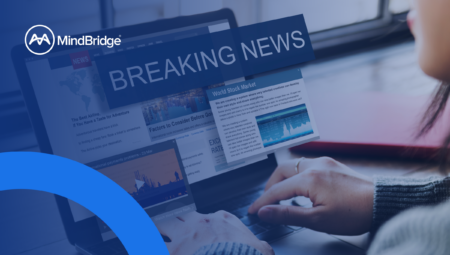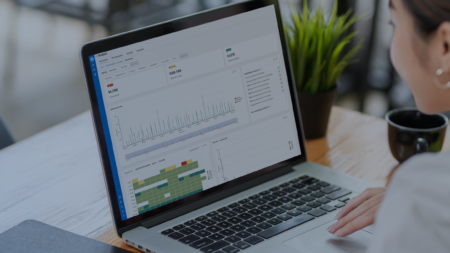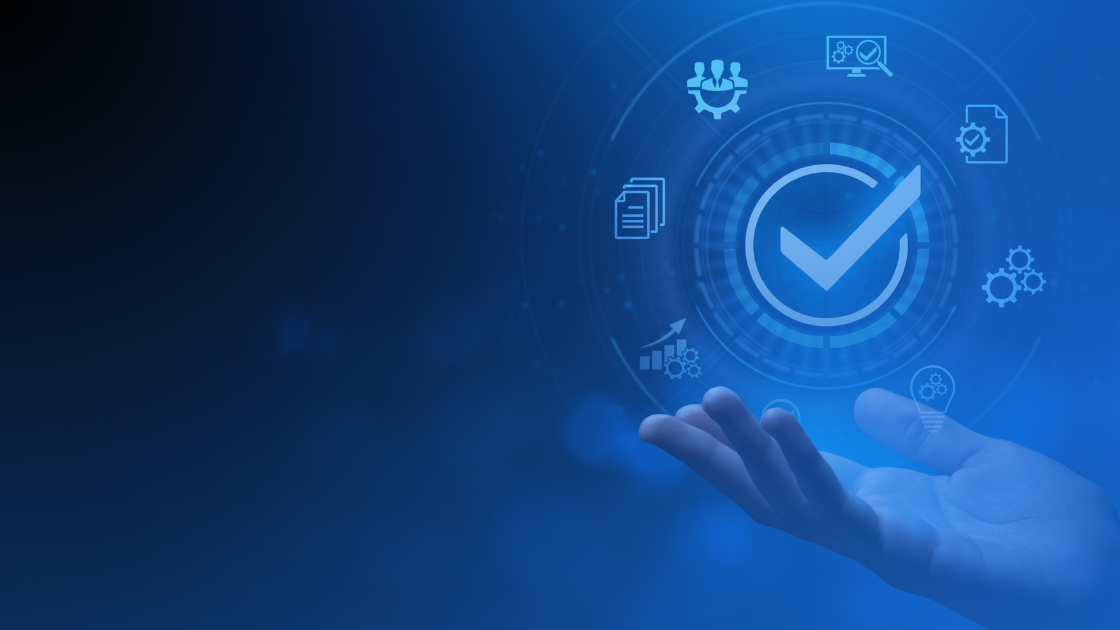As artificial intelligence becomes central to audit analytics, one reality is becoming impossible to ignore: trust in AI can’t be assumed—it must be assured.
Audit and assurance professionals are under increasing pressure to adopt AI-powered tools, whether to meet efficiency demands, comply with evolving standards, or keep pace with market expectations. But beneath the surface of many tools lies a black box—one that most firms haven’t truly opened.
That’s where AI assurance comes in.
Why AI Assurance Is a Rising Priority for Audit Firms
AI is no longer just automating low-risk tasks—it’s influencing judgment, prioritization, and even the identification of risk in audit processes. And with that power comes a new level of responsibility.
Whether you’re building your own internal audit tools or implementing vendor solutions, you’re accountable for understanding how those systems work, how they were built, and whether their logic holds up to scrutiny.
Increasingly, regulators are watching. Clients are asking more questions. And internal quality teams are being asked to validate systems they didn’t design.
AI assurance offers a clear path forward—one that blends governance, transparency, and accountability into a framework the profession can trust.
What Is AI Assurance in the Context of Financial Audit?
AI assurance is more than a technical check-up. It’s a structured, independent process that evaluates the design, logic, data handling, and outputs of AI algorithms—through the lens of audit standards, ethical expectations, and regulatory compliance.
At MindBridge, we worked with Holistic AI—recognized leaders in AI governance—to undergo a third-party algorithm audit of our platform. Together, we explored key questions that every audit firm should be asking of their own tools:
- Is the model’s logic sound, interpretable, and defensible?
- How is bias tested and mitigated?
- What’s the system’s reproducibility under different data conditions?
- How is sensitive data handled throughout the lifecycle?
- Can firms explain model outputs in ways that satisfy regulators and clients?
This wasn’t a one-time validation. It was a deep collaboration based on frameworks like NIST’s AI Risk Management Framework, ISO standards, AICPA guidance, and more.
Learn more about our AI assurance approach at the ICAEW AI Assurance Conference.
From Black-Box Models to Transparent, Auditable AI
In an upcoming session at the ICAEW AI Assurance Conference, Rachel Kirkham (SVP, AI & Product at MindBridge) and Emre Kazim (Co-founder & Co-CEO at Holistic AI) will share the real-world journey of that audit.
They’ll cover:
- What was in scope (logic, bias, reproducibility, data ethics, etc.)
- How the audit was structured, and which tools and frameworks were used
- What the findings revealed—and what they mean for other firms
- Practical advice for audit leaders buying or developing AI-powered analytics tools
Whether you’re a methodology lead, a technology partner, or a risk owner, this session will offer concrete takeaways you can apply in your own environment.
Why This Matters Now
The EU AI Act, growing demand for explainability, and shifting professional standards all point to the same conclusion: if you’re relying on AI, you need to understand it—and be able to defend it.
Internal validation is no longer enough. Audit firms need to start asking harder questions about the tools they use, and vendors must be prepared to answer them with clarity and evidence.
AI assurance provides that foundation.
Whether through independent audits, transparency frameworks, or stronger vendor accountability, the industry is moving toward “trust—but verify” as the new standard.
Explore the Framework:
Want to see how third-party AI audits are performed in real life?
📖 Read about our session with Holistic AI at MindBridge Edge
AI assurance isn’t just a safeguard—it’s a competitive advantage.
It builds credibility, accelerates adoption, and provides the transparency clients, regulators, and audit committees are starting to demand.
We’re proud to help set the bar—and encourage others in the profession to do the same.
If your team is exploring how to apply AI assurance in practice—or evaluating tools that claim to meet that bar—we’d be glad to share what we’ve learned. Start a conversation with our team



